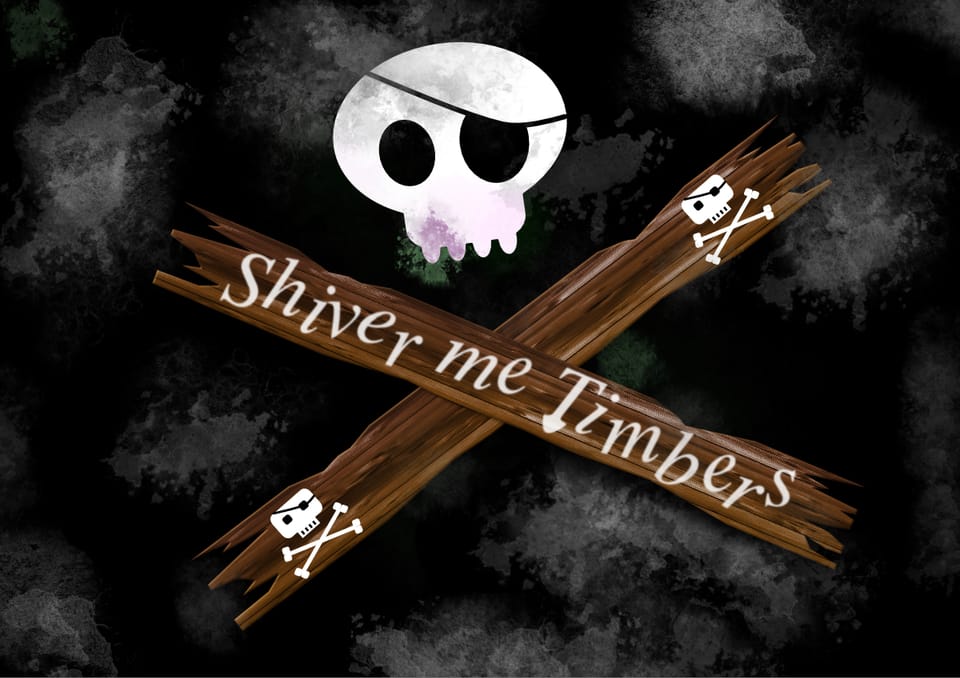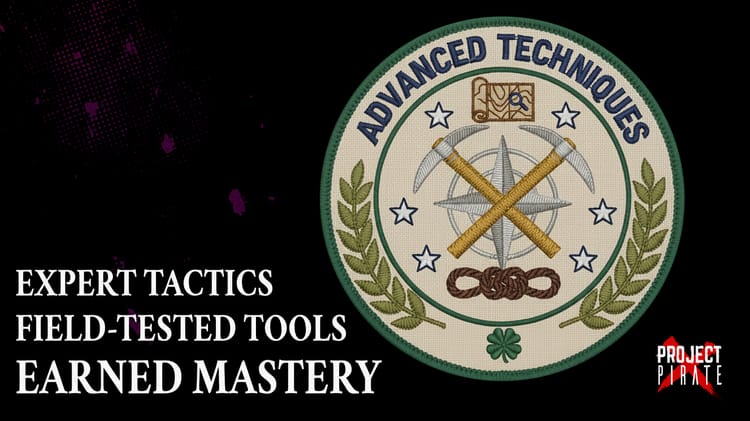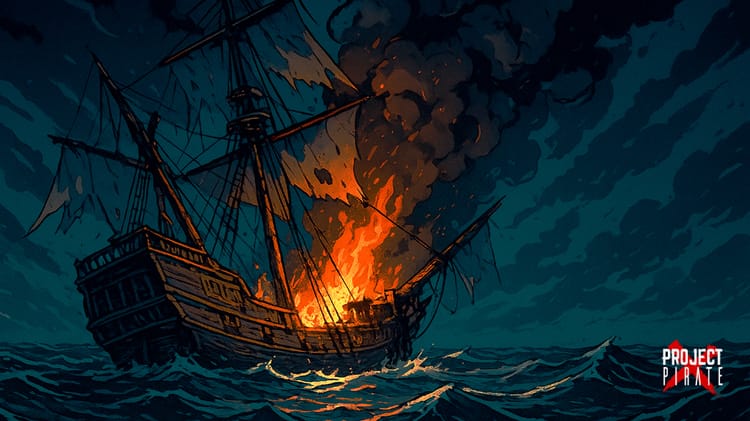Shiver Me Timbers: Leadership in Turbulent Waters

When a pirate ship encountered rough seas or enemy cannon fire, the wooden beams - the very backbone of the vessel could shake violently or even splinter. While there’s little evidence that real pirates used the phrase, “Shiver me timbers! was popularised in seafaring fiction, most notably in Treasure Island, as a dramatic cry in moments of shock or crisis.
Today, this phrase serves as a powerful metaphor for how teams react when facing unexpected challenges that shake their foundations.
The Steady Captain's Approach
The most effective leaders respond to crisis not with panic, but with a steadying presence. Consider the captain who, amid booming cannons and crashing waves:
- Maintains a calm demeanour that radiates through the crew
- Creates space for team members to apply their expertise
- Trusts each sailor to perform their role without micromanagement
- Offers clear direction without resorting to blame or intimidation
This Captain understands that shouting orders in panic only amplifies fear. Instead they assess the damage methodically and involve the crew in developing solutions. Their voice remains measured, their instructions precise and their confidence unwavering; even when facing the most fearsome enemy ships.
The Emotional Barometer
Leaders are the emotional barometers of their teams [this is a very important aspect which all leaders should remember]. When storm clouds gather on the horizon, the crew instinctively looks to their Captain. A leader who projects transparency, consistency and composure creates an emotional anchor that steadies the entire vessel. This emotional leadership:
- Provides psychological safety during uncertainty
- Establishes clear expectations that reduce anxiety
- Creates confidence that transcends the immediate crisis
- Sets the tone for how the entire team will respond; this in turn will create a culture which lasts the whole voyage and beyond.
As the saying goes, "The captain's mood is the Crew's weather." A leader who brings emotional storms aboard will find their ship already taking on water before challenges even arrive.
Ripples of Reassurance
The captain's composure creates a ripple effect throughout the vessel. When sailors witness their leader's steady hand on the helm, they too find their footing, even as the deck pitches beneath them. This atmosphere of psychological safety enables:
- Clear thinking when adrenaline runs high
- Creative problem-solving rather than paralysis
- Open communication without fear of blame
- Coordinated action instead of chaotic individual efforts
A culture of mutual support serves as the crew's "armour" when facing threats. They know that they have the support of their leader and that gives them the confidence to act as one team. A member of your project will know that raising concerns won't lead to walking the plank. Instead, their observations might reveal a critical weakness in our strategy or identify a safe passage through treacherous waters.
The Tyrannical Alternative
Contrast this with the Captain who responds to crises by:
- Barking accusations at the Crew for not anticipating the storm
- Demanding immediate solutions without providing time to think
- Threatening consequences if the situation isn't resolved instantly
- Creating an atmosphere of fear that clouds judgement
On this ship, sailors hesitate before speaking up, even when they spot a potential solution. Information flows poorly, as crew members focus more on avoiding the captain's wrath than on solving the actual problem. The timbers don't just shiver; they begin to crack under the weight of misplaced pressure!
Agility in Action
Resilient teams understand that the most reliable aspect of any journey is unpredictability. Rather than rigidly adhering to the original course, they:
- Adapt plans as new information emerges
- Redistribute workloads when certain crew members need support
- Embrace change as an expected part of the voyage
- View flexibility as strength, not inconsistency
This agility allows them to tack into headwinds, find alternative routes and navigate through challenges that would leave other ships stranded or sunk. It is a measure of a successful Crew.
Learning from Every Voyage
High-performing crews don't simply sail from port to port; they grow wiser with each journey. After weathering a storm or engaging in battle, they pause to:
- Conduct honest retrospectives of what happened
- Acknowledge what went well and what could be improved
- Document lessons learnt for future encounters
- Refine their approach rather than repeating mistakes
These reflective practices transform each challenge from a mere test of endurance into an opportunity for collective growth.
Valuing Grit, Not Just Glory
The most loyal crews form under captains who recognise effort and courage, not just perfect outcomes. When sailors know their determination is valued:
- They're more willing to tackle intimidating challenges
- They recover more quickly from setbacks
- They develop intrinsic motivation rather than fear-based compliance
- They inspire similar resilience in new crew members
By celebrating the grit shown during difficult passages even when the outcome wasn't perfect, leaders cultivate a team that doesn't crack under pressure.
Forged in the Storm
The true test of leadership isn't found in calm waters but in how the crew emerges from repeated challenges. The team that weathers storms under competent, composed leadership develops:
- Collective resilience that strengthens with each challenge overcome
- Deep-rooted trust that transcends hierarchical relationships
- Confidence in their ability to face future uncertainties
- A reputation that attracts other skilled sailors eager to join their ranks
These crews don't merely survive, they develop the ability to thrive in circumstances that would break other ships. When they hear 'timbers shivering', they don't panic; they fall into practised routines, knowing they've successfully navigated similar waters before.
Charting Your Course
The most valuable treasure a Captain can secure isn't gold or jewels but the cultivation of a crew that stands firm when the cracks appear and pressure is applied. This requires consistent investment in:
- Modelling calm behaviour during crises
- Demonstrating trust through actions, not just words
- Creating psychological safety that encourages honest communication
- Recognising and celebrating the crew's strengths and contributions
- Ensuring proper rest and recovery between challenges
When next your organisational ship faces unexpected cannons or storms, remember that your response as a leader will determine whether your timbers merely shiver or whether they crack. Will you be the captain who adds to the chaos, or the one who steadies the ship?
The legacy of great captains isn't measured in the storms they avoided, but in the Crews they built... Crews capable of facing any challenge with confidence, together!
Join the Crew #ProjectPirate




